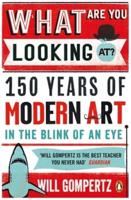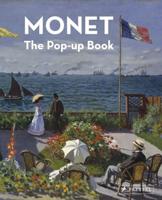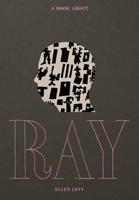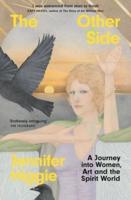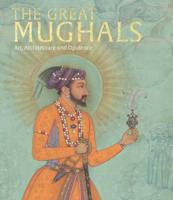Publisher's Synopsis
Outer Beauty Inner Joy is a spiritual book. It seeks to give the reader space in which to contemplate and strengthen values that reason alone cannot reach. The Renaissance was an age of spiritual rediscovery of the art and wisdom of the ancients. Today in an age as fully dysfunctional and violent as the Renaissance itself we need to go on the same quest in our own time. We honor and revere the art of the Italian Renaissance, but not all of us are familiar with the philosophy that inspired it. The Renaissance was an explosion of beauty and art in Western history. It was also a time when writers and scholars like Marsilio Ficino and Pico della Mirandola, and artists such as Leonardo, Boticelli, Tintoretto and Michaelangelo, were seeking a common thread among the world's ancient spiritual traditions. It was the beginning of a freer and more ecumenical way of looking at spirituality and at life. For Renaissance thinkers, the role of the artist and the making of art held an important place in society. Artists could contact unseen forces, bringing the beauty of higher realms into their earthly creations. Through contemplating this beauty, viewers too could touch its divine essence. Renaissance philosophers placed a new emphasis on the value of life: personal experiences with nature, art, and love could be ways of communing with the Divine here and now. Outer Beauty Inner Joy seeks through this selection of passages and images from some of the great writers and artists of the Italian Renaissance, to express the classic Renaissance ideal of beauty, and reveal an ecumenical wisdom; one that reaches across boundaries of different belief systems. Mixing contemporary values with the teachings of the ancients, Italian philosophers forged an inclusive, holistic philosophy. They spoke of a new way to experience life and a new understanding of the individual's place in the cosmos. What in the Renaissance was seen as the Anima Mundi, the divine essence which embraces and energizes all of life, permeates the pages of Outer Beauty, Inner Joy. The ideal of eloquence, persuasive, powerful discourse that moves the listener, was prized during the Renaissance, and is evident in the words of these writers. Soulful words matched with evocative images create a book that reveals the attitude and quality of mind of the Italian Renaissance, a time when concepts fundamental to modern Western culture were born. This philosophy, and this book itself, which reveres the wisdom and art, as well as equality, and tolerance for all beings, could not be more timely. Julianne Davidow has an enduring fascination with the Italian Renaissance. She began spending time in Italy in 1990 and has lived in Rome and Venice. She conducted research for Outer Beauty, Inner Joy at the Marciana Library in Venice, at the New York City Public Library, at conferences sponsored by the Renaissance Society of America and the New York Open Center, and through independent study. Having studied comparative religion and literature at Sarah Lawrence College, she continues to take a deep interest in these subjects. She writes on art, history, travel, and spirituality, and loves to photograph ancient art and artifact. Her work has been shown in exhibitions in the U.S. and in Europe. This immensely attractive and important book shows in visual images, words, and description a point of view that has been utterly lost to the modern mind: the idea that divinity and humanism go together. This means that to be a fully human person, developing all your latent abilities and points of character, you have to be in contact with that which is beyond you, the profound and visionary mysteriousness of your situation. Thomas Moore, author of Care of the Soul; A Guide for Cultivating Depth and Sacredness in Every day Life

